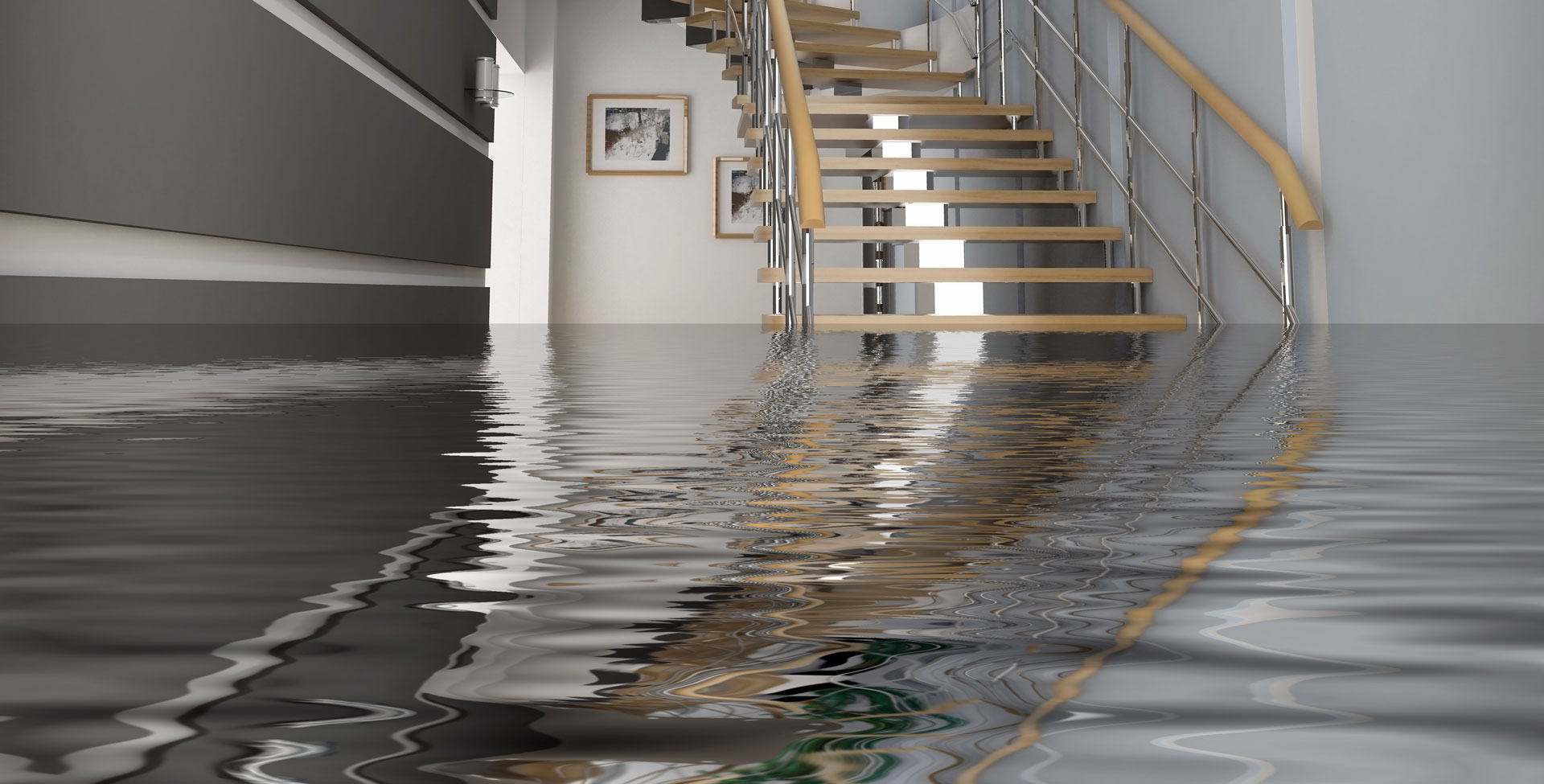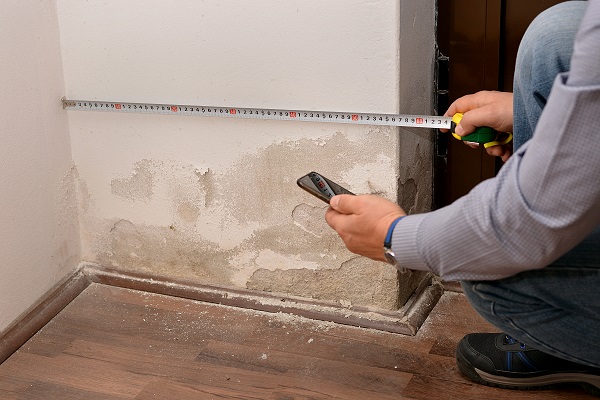Have you been in search of help on How To Prevent Fire And Water From Ruining Your Holiday Season?

Water gives life, but water invasion on some components where it's not intended to be can result in damages and hassle. In addition, houses with water damage smell musty and old.
Water can originate from several resources like typhoons, floodings, ruptured pipelines, leaks, and sewage system concerns. If you have water damages, it's better to have a working expertise of security precautions. Below are a few guidelines on how to deal with water damages.
Do Prioritize Home Insurance Protection
Seasonal water damage can originate from floods, seasonal rains, and also wind. There is likewise an event of an unexpected flood, whether it originated from a malfunctioning pipeline that all of a sudden breaks into your house. To secure your home, get house insurance policy that covers both acts of God such as natural calamities, as well as emergency situations like busted plumbing.
Do Not Forget to Turn Off Utilities
When catastrophe strikes and you're in a flood-prone location, shut off the main electrical circuit. Shutting off the power stops
electrical shocks when water comes in as water serves as a conductor. Do not forget to turn off the major water line shutoff as a method to prevent even more damages.
Maintain your furniture secure as they can move about and create additional damages if the floodwaters are getting high.
Do Keep Proactive and Heed Weather Condition Alerts
If you live in an area afflicted by floods, stay aggressive and ready at all times. Listen to the information as well as discharge warnings if you live near a body of water like a lake, river, or creek .
Don't Neglect the Roofing System
Your contractor ought to take care of the malfunctioning gutters or any type of various other signs of damage or weakening. An examination will avoid water from streaming down your wall surfaces and soaking your ceiling.
Do Focus On Small Leaks
A burst pipe doesn't occur in a vacuum cleaner or over night. There are warnings that can attract your attention and also indicate to you some damaged pipelines in your home. Indicators of red flags in your pipelines include bubbling paint, peeling off wallpaper, water touches, water spots, or dripping noises behind the walls. There are signs that the pipe will certainly break. If you see these indicators, don't wait for an escalation. Repair work and inspect your plumbing fixed before it causes substantial damage to your house, funds, and also an individual nightmare.
Don't Panic in Case of a Burst Pipe
Timing is key when it comes to water damage. If a pipeline ruptureds in your house, promptly closed off your primary water valve to cut off the resource and also protect against even more damage. Call a trusted water damage reconstruction expert for assistance.
Water offers life, however water intrusion on some components where it's not meant to be can result in damage and also trouble. In addition, residences with water damage scent moldy as well as old.
Seasonal water damage can come from floods, seasonal rains, and also wind. Signs of red flags in your pipelines consist of gurgling paint, peeling off wallpaper, water streaks, water discolorations, or leaking audios behind the walls. If a pipeline bursts in your home, quickly shut off your major water valve to reduce off the source as well as protect against more damages.
Water Damage Do's and Don'ts
Do's
- Always use rubber gloves to protect your hands & rubber boots to protect your feet and legs.
- Damage from water and bacteria growth can begin within hours. Call for professional help. Remove as much water as possible by mopping and blotting with sponges.
- Pull up wet rugs and carpets if hardwood floors are below.
- Lift draperies off the floor, loop through a coat hanger and place the hanger on the drapery rod.
- Wipe furniture, prop up wet furniture cushions for even drying and place aluminum foil under furniture legs.
- Move photos, paintings, art objects, computers, other electronics and valuables to a safe, dry location.
- Do not remove books from shelves. Pack them tightly to prevent page warping until a restoration professional can begin this specialized drying.
- Ventilate wet areas. Turn on air conditioning for faster drying in summer (only if there is no visible mold) and winter, alternate cycles of opened windows and heating. Also, open drawers, closets and cabinet doors to enhance drying.
Don'ts
- Do not enter rooms where there is wet and sagging ceiling!
- Do not enter a room with standing water until electricity has been turned off.
- Do not use a regular household vacuum to remove water.
- Use heat to dry closed building interiors. Mildew and more moisture damage can occur.
- Do not use electrical appliances while on wet carpet or flooring.
- Do not disturb visible mold.
https://www.myknowledgebroker.com/blog/personal-insurance/water-damage-dos-and-donts/

I was shown that report on How To Prevent Fire And Water From Ruining Your Holiday Season through an associate on our other site. Sharing is caring. Helping others is fun. We enjoy reading our article about 5 Home Safety Tips To Reduce The Risk Of Fire And Water Damage.
Comments on “6 Water Damage Restoration Do's and also Don'ts.”